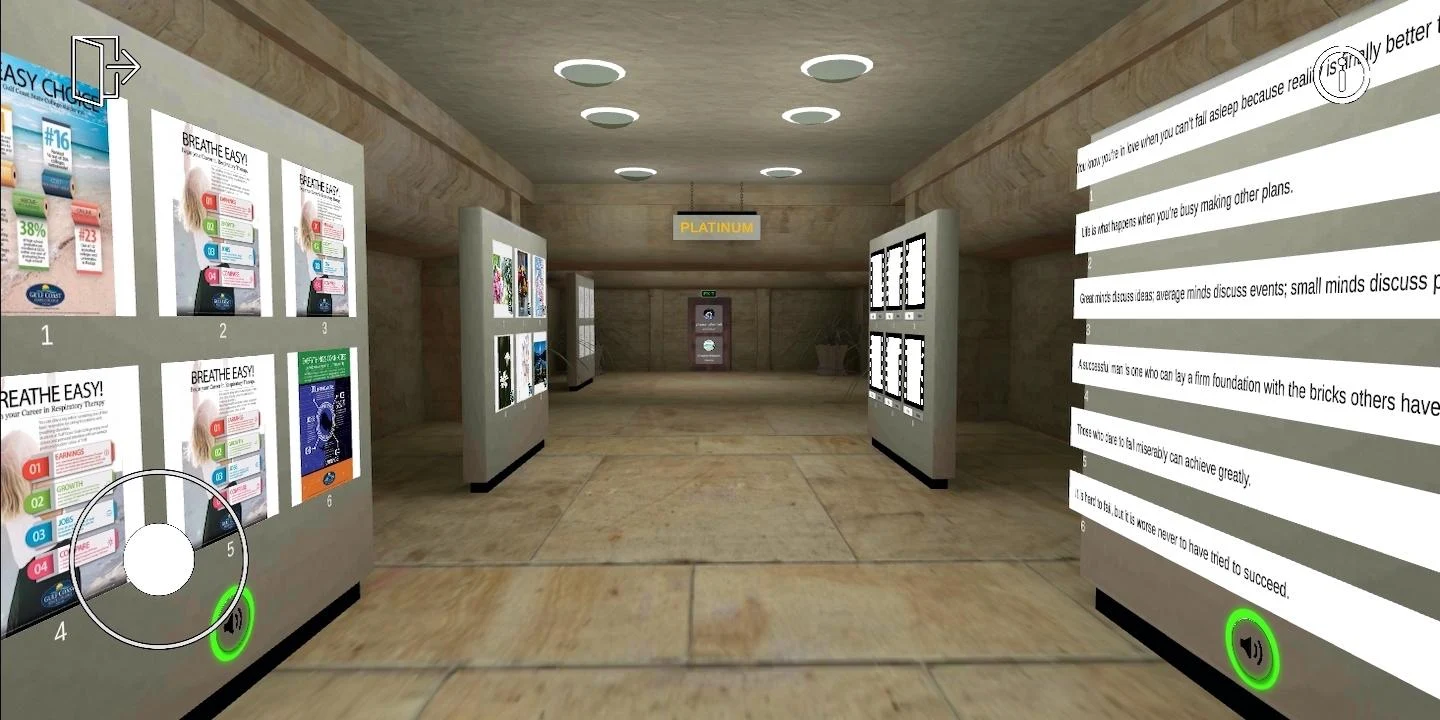What is a 3D Virtual Exhibition?
A 3D virtual exhibition is an online space where visitors can explore and interact with 3D art. This can be done through a web browser or a virtual reality headset. Virtual exhibitions offer several advantages over traditional physical exhibitions, including:
- Accessibility: Virtual exhibitions can be accessed from anywhere worldwide, 24/7. This makes them ideal for people living in remote areas or with disabilities.
- Affordability: Virtual exhibitions are typically much cheaper to produce than physical exhibitions. This means that artists and organizations can create more exhibitions and reach a wider audience.
- Sustainability: Virtual exhibitions do not require any physical materials, such as walls, lighting, and display cases. This makes them a more sustainable option than physical exhibitions.
What is a 3D Art Exhibition?
A 3D art exhibition is an exhibition that features 3D art. This can include sculptures, paintings, and even animations. 3D art exhibitions can be held in both physical and virtual spaces.
Types of 3D Art
There are many different types of 3D art, including:
- Digital 3D Art: This type of 3D art is created using computer software. It can be used to create realistic or abstract images.
- 3D Printing: This type of 3D art is created using a 3D printer. 3D printers use thin layers of plastic or other materials to create physical objects from digital models.
- 3D Scanning: This type of 3D art is created using a 3D scanner. 3D scanners capture the shape and texture of an object and create a digital model.
Benefits of 3D Art Exhibitions
3D art exhibitions offer several benefits, including:
- Immersion: Virtual reality headsets allow visitors to immerse themselves in 3D art. This can create a more engaging and memorable experience than traditional physical exhibitions.
- Interactivity: Visitors to virtual exhibitions can often interact with the art. This can include moving around the art, zooming in on details, and even changing the color or texture of the art.
- Education: Virtual exhibitions can be used to educate visitors about 3D art and the artists who create it. This can be done through interactive exhibits, videos, and text panels.
The Future of Art Exhibitions
Virtual exhibitions are still in their early stages of development, but they can potentially revolutionize how we experience art. As virtual reality technology becomes more affordable and accessible, we expect to see more virtual art exhibitions emerge.
How to Create a 3D Virtual Exhibition
If you are interested in creating a 3D virtual exhibition, there are a few things you need to do:
- Choose a platform: There are many different platforms that you can use to create a 3D virtual exhibition. The most popular platforms include Unity, Unreal Engine, and Sketchfab.
- Create your content: Once you have chosen a platform, you need to create your content. This can include 3D models, textures, and lighting.
- Publish your exhibition: Once it is created, you need to publish it so people can visit it. You can do this by embedding the exhibition on your website or uploading it to a platform like Sketchfab.
Conclusion
3D virtual exhibitions and 3D art exhibitions offer several advantages over traditional physical exhibitions. They are more accessible, affordable, and sustainable. They also provide a more immersive and interactive experience for visitors. As virtual reality technology becomes more affordable and accessible, we expect to see more virtual art exhibitions emerge.




